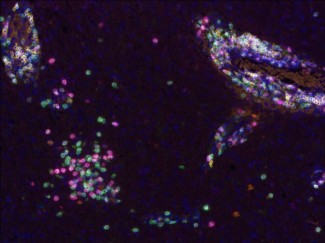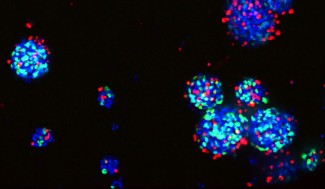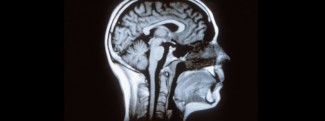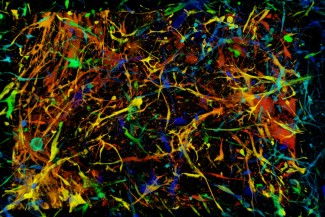The Development of Brain Tumors
In the developmental stage, we refer to pluripotent cells, which are capable of differentiating into any type of cell, such as neurons, heart cells, liver cells, etc. However, some cells retain this ability to multiply. These are called stem cells, and their role is to replace the cells in our bodies that die during our lifetime.
The vast majority of cells then receive a second signal that directs them to a specific location, such as the brain, liver, heart, etc.
Then a third signal from the organ itself causes them to differentiate into a particular cell type with very specific functions and morphology. For example, in the brain cells become neurons, oligodendrocytes, astrocytes, etc.
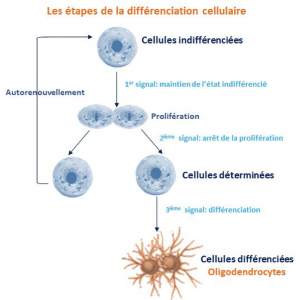
In adulthood, the cells that make up our bodies are therefore – for the most part – highly specialized and have lost their ability to proliferate.
Brain tumors, or tumors in any other organ, develop when we observe a reappearance of the ability of cells to multiply indefinitely. These cells multiply uncontrollably and continuously, forming a mass – a tumor.

